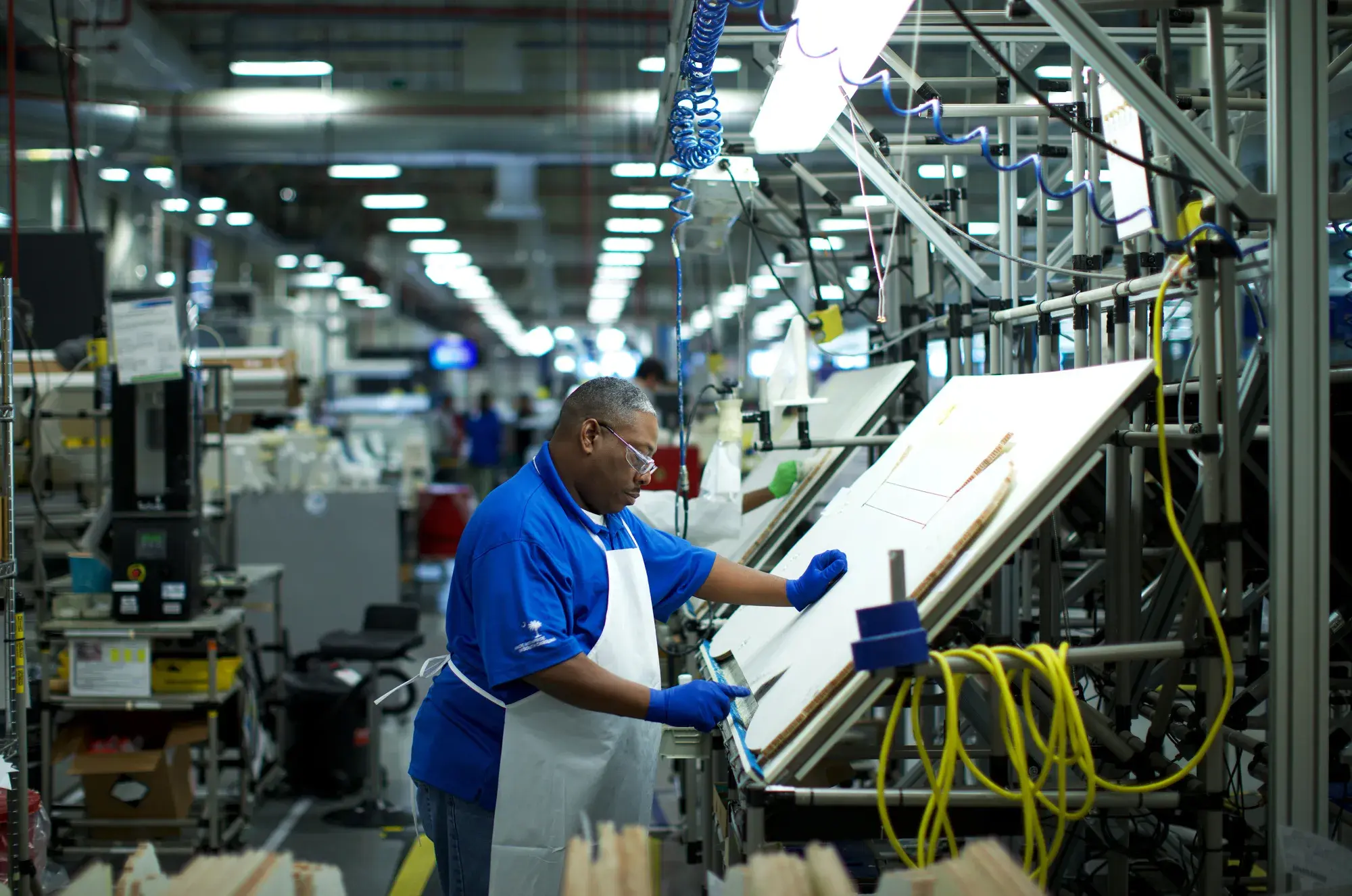How Can You Take Advantage
As U.S. manufacturing continues to rebound, the 2025 Reconciliation Bill brings one of the most manufacturer-friendly tax packages we’ve seen in years. At Adams, we work with companies across the automation, robotics, and reliability spectrum, from CNC shops and packaging lines to fluid power and motion control. These new incentives offer significant financial advantages for the kinds of capital investments many of our clients are already making.
While we are not tax professionals and do not provide legal or financial advice, we’ve assembled this guide to help manufacturers understand how various new and enhanced tax incentives may apply to the types of projects we help deliver. Below, you’ll find a breakdown of key benefits, the relevant IRS code sections, and real-world examples of how Adams-supported initiatives could align with these incentives.
We highly encourage you to consult with your CPA or tax advisor to determine eligibility for your specific situation.
1. 100% Bonus Depreciation
🔹Summary: Allows full, immediate deduction of qualified property (e.g., equipment, machinery, and now qualifying facilities) placed in service after January 19, 2025.
📜Tax Code: IRC §168(k)
🔧 Examples:
-
Robotic Tending Cells: Full expensing of FANUC robotic systems installed by Adams on CNC or assembly lines.
-
Automated Lubrication Systems: Immediate write-off of hydraulic filtration and lubrication kits.
2. Section 179 Expensing
🔹Summary: Deduct up to $2.5 million of qualifying equipment costs in the year placed in service, with phase-out at $4 million. Ideal for smaller capital projects.
📜Tax Code: IRC §179
🔧 Examples:
-
Machine Vision Inspection: Cognex-based systems for part quality validation.
-
80/20 Framing & Guarding: Modular structures and guards for manufacturing lines.
3. 30% Investment Credit
🔹Summary: Credit against tax liability for capital investment in qualifying industrial and manufacturing automation property.
📜Tax Code: IRC §48
🔧 Examples:
-
Cobot Welding Retrofit: Universal Robots or FANUC cobots deployed in welding station.
-
Automated Packaging Line: Robotic palletizers and conveyors integrated into end-of-line operations.
4. R&D Expensing
🔹Summary: Immediate deduction of domestic research or experimental costs, reversing prior amortization rules.
📜Tax Code: IRC §174
🔧 Examples:
-
Machine Vision Programming: Custom AI-based detection routines developed with Adams engineers.
-
Hydraulic System Prototyping: Trials on energy-efficient configurations with Adams fluid power tech.
5. QSBS Capital Gains Exclusion
🔹Summary: Up to 100% exclusion of capital gains on sale of Qualified Small Business Stock held for 5+ years.
📜Tax Code: IRC §1202
🔧 Examples:
-
Startup Investment: OEM launches a spinoff startup supplied by Adams.
-
Spinoff Tech Platform: Organization incubates a startup and contributes IP and talent.
6. 20% Pass‑Through Deduction (QBI)
🔹Summary: Deduct 20% of Qualified Business Income for S-corps, partnerships, and sole proprietorships. Permanent under the 2025 bill.
📜Tax Code: IRC §199A
🔧 Examples:
-
S-Corp Manufacturer: Reducing taxable income from robotics-enabled process gains.
-
Reliability-as-a-Service Startup: Pass-through income from vibration/lube monitoring installs qualifies for deduction.
7. Interest Deductibility Based on EBITDA
🔹Summary: Restores business interest deductibility limit to 30% of EBITDA, instead of EBIT.
📜Tax Code: IRC §163(j)
🔧 Examples:
-
Financed Robot Cell Purchase: Interest on debt used to acquire automation equipment becomes more deductible.
-
Facility Upgrade Loan: New conveyor-ready building space debt benefits from full interest deduction.
8. Bonus Depreciation for Facilities
🔹Summary: Extends 100% bonus depreciation to newly constructed manufacturing real property (i.e., “qualified production property”).
📜Tax Code: IRC §168(k)(2)(A)(iii)
🔧 Examples:
-
Packaging Wing Build-Out: New structure fully deductible if placed in service post-Jan 2025.
-
Automation-Retrofit Facility: Construction costs for Adams-integrated automated floor space qualify.
Final Thoughts
The 2025 tax reforms offer a rare window for manufacturers to modernize operations while maximizing potential tax savings, especially when those upgrades involve automation, robotics, or facility improvements.
At Adams, we’re proud to help our customers implement the kinds of solutions that not only increase productivity and reliability but may also qualify for these targeted tax incentives.
As always, we recommend discussing any capital investment decisions with a qualified tax professional to fully understand how these incentives could apply to your business. If you’re planning a new project and want to explore how automation could fit into your strategy, our team is here to help.
Let’s build the future of manufacturing; better, faster, and smarter than ever.


